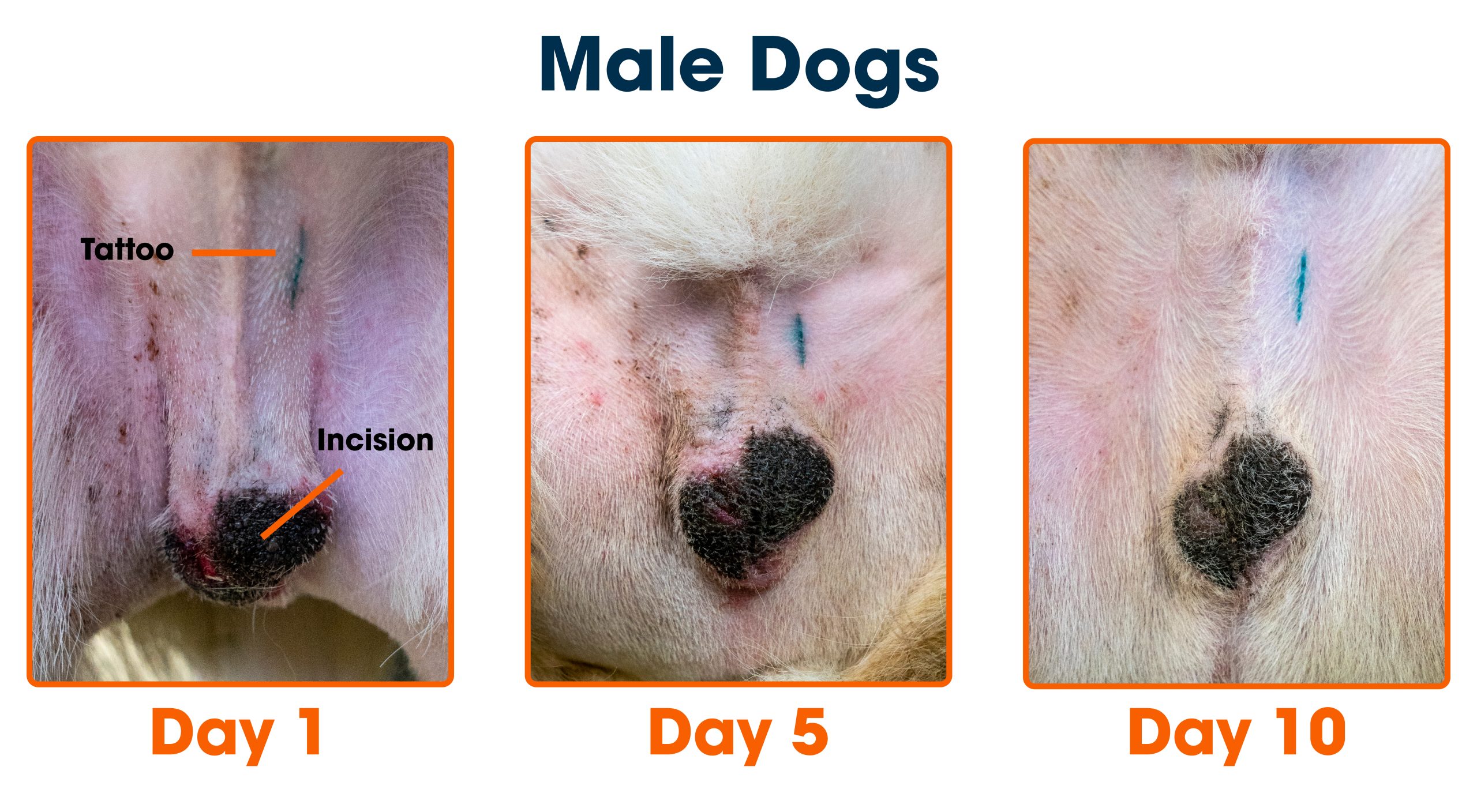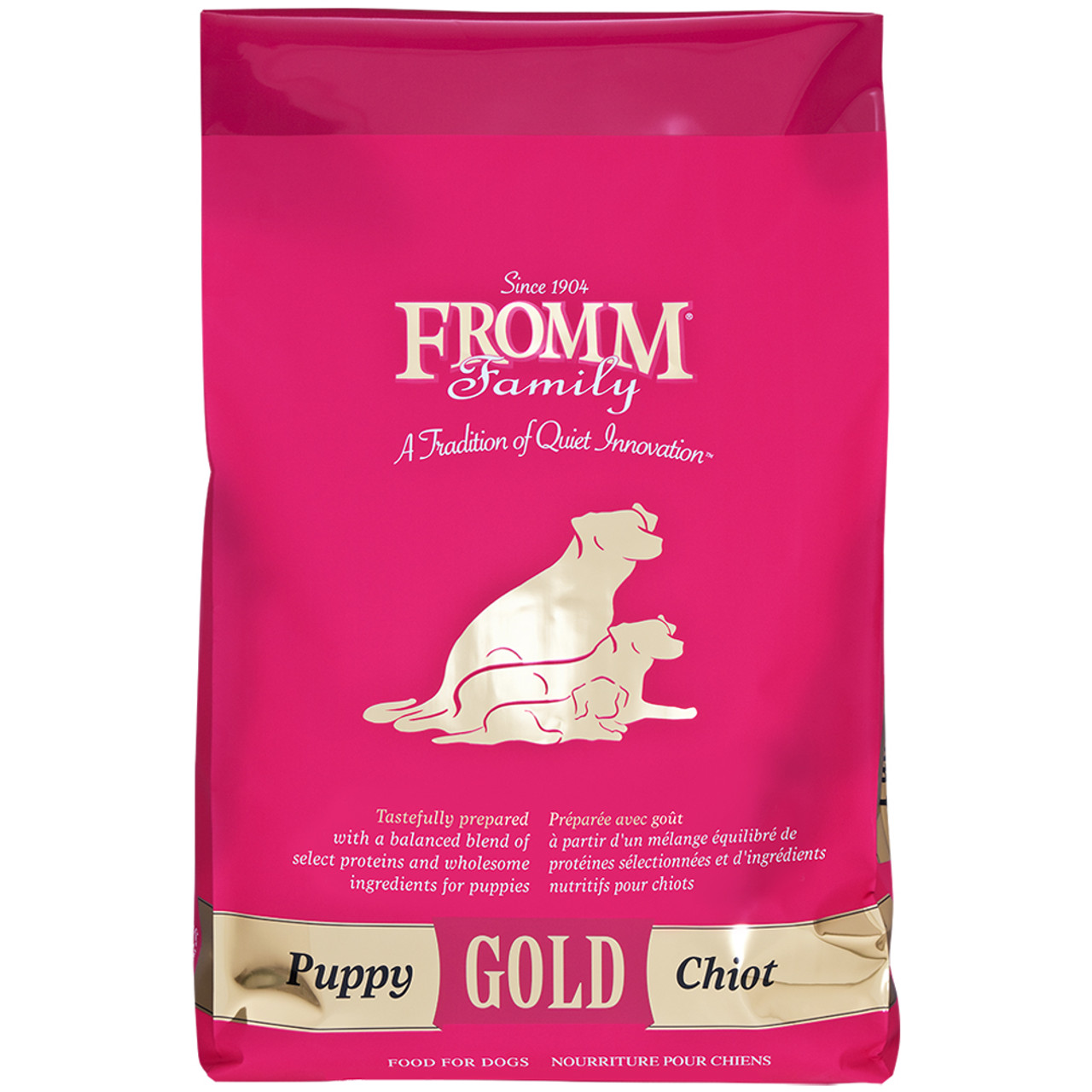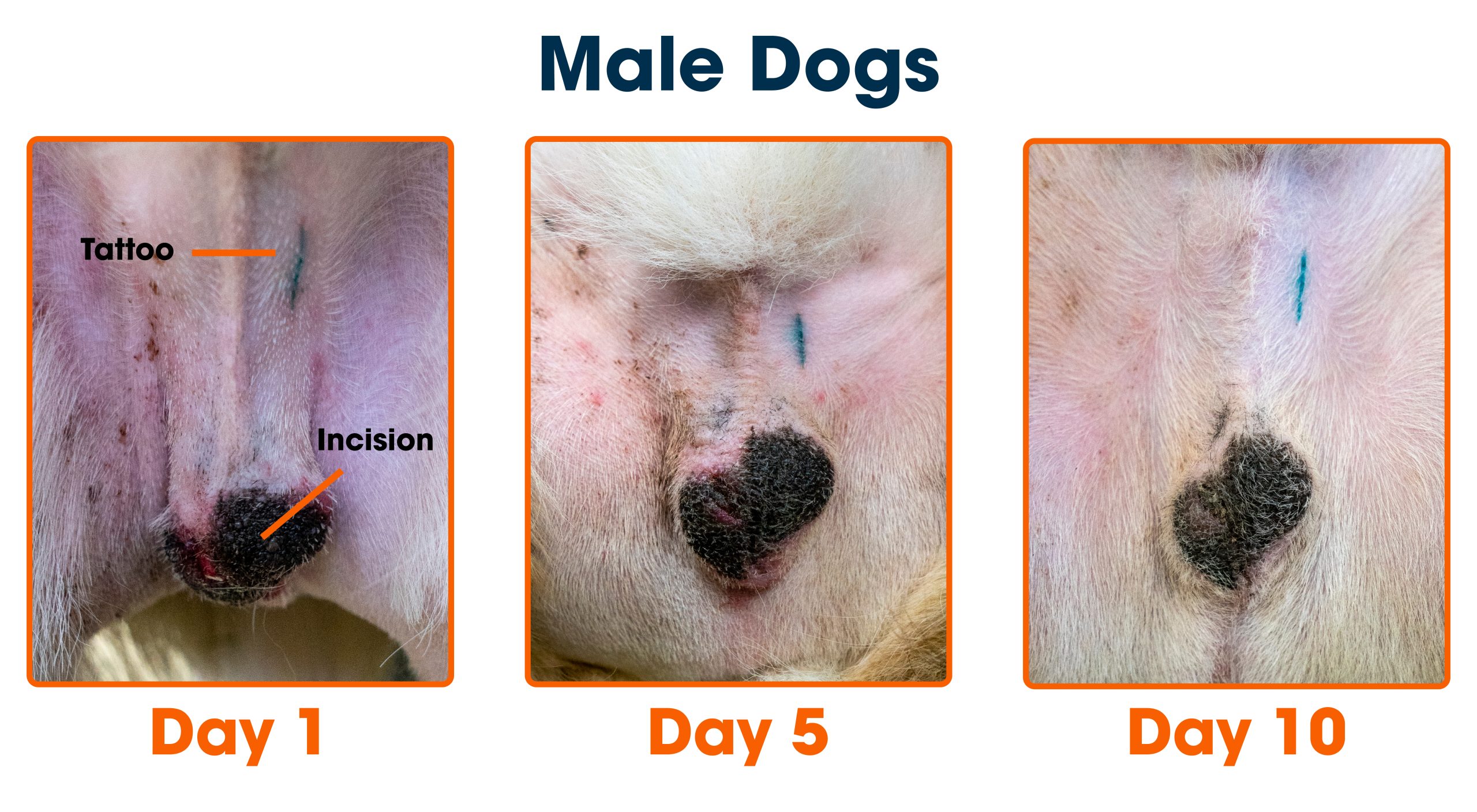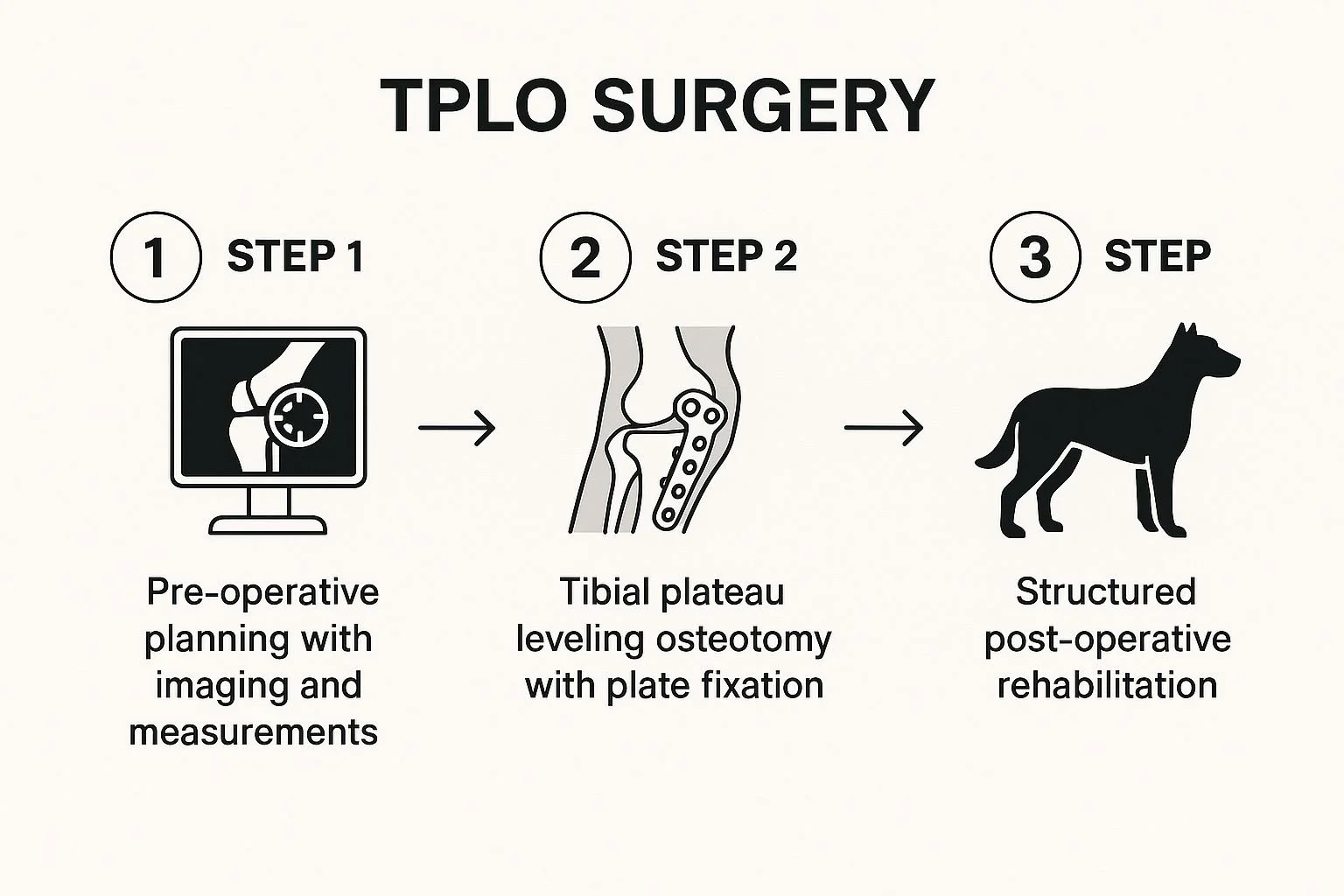If you have a dog or are thinking about getting one, you probably wonder, “How much does it cost to insure a dog?” Protecting your furry friend from unexpected vet bills is important, but understanding the cost can be confusing.
You want to make sure your pet gets the best care without breaking the bank. You’ll discover the real factors that affect dog insurance prices and how to find a plan that fits your budget and your dog’s needs. Keep reading to make the smartest choice for your loyal companion and your wallet.

Credit: www.facebook.com
Factors Affecting Dog Insurance Costs
Understanding the factors that influence dog insurance costs can help you make better decisions for your pet’s coverage. Prices aren’t random; they reflect specific risks tied to your dog’s characteristics and environment. Knowing what affects your premium lets you find a plan that fits both your budget and your dog’s needs.
Breed And Size
Your dog’s breed plays a big role in insurance costs. Some breeds are prone to certain health issues, which means higher claims for insurers and higher premiums for you. Larger dogs generally cost more to insure because they tend to have more expensive medical treatments.
For instance, breeds like German Shepherds or Golden Retrievers often face hip dysplasia, increasing their insurance price. Smaller breeds like Chihuahuas usually come with lower premiums since their healthcare costs tend to be less.
Age Of The Dog
Age impacts insurance rates significantly. Puppies typically have lower premiums because they are less likely to have health problems early on. However, as your dog ages, the risk of illness or injury rises, which makes insurance more expensive.
Think about your own health insurance; the older you get, the more you pay. Insuring a senior dog can be costly, but it’s often worth it to avoid huge vet bills later.
Health History
Insurers ask about your dog’s past health issues before setting a price. If your dog has had chronic illnesses or surgeries, expect higher premiums or even exclusions for pre-existing conditions. Healthy dogs with no medical history often enjoy lower rates and broader coverage.
Sharing accurate health details is crucial. If you’ve noticed your dog limping or showing unusual behavior, mention it. Not being upfront could lead to denied claims when you need help the most.
Location
Your location influences dog insurance costs more than many realize. Urban areas often have higher vet fees due to demand and overhead costs, so insurance premiums there can be steeper. Rural areas may see lower rates but might have fewer vet options.
Consider where you live and the availability of emergency clinics nearby. If you’re in a city with many specialized vets, insurance might cost more but also provide better coverage options for advanced care.
Types Of Dog Insurance Policies
Dog insurance comes in different types. Each type covers different needs and costs. Choosing the right policy helps manage your dog’s health expenses. Understanding these types can save money and stress.
Accident-only Coverage
This policy covers injuries from accidents only. Examples include broken bones or cuts. It does not cover illnesses or routine care. Premiums for accident-only plans are usually lower. This option suits active dogs or those with low health risks.
Comprehensive Coverage
Comprehensive plans cover accidents and illnesses. They may include surgeries, medications, and diagnostic tests. Some policies also cover hereditary conditions. These plans cost more but offer broader protection. Ideal for dogs with health issues or older pets.
Wellness Plans
Wellness plans cover preventive care and routine visits. Vaccinations, flea control, and dental cleanings are included. These plans often work with accident or comprehensive coverage. They help keep your dog healthy and catch problems early. Wellness plans usually have lower premiums but require regular payments.
Average Costs Of Dog Insurance
Understanding the average costs of dog insurance helps you make smarter choices for your pet’s health and your budget. Insurance isn’t a one-size-fits-all deal; costs vary depending on several factors. Knowing what influences these costs can empower you to pick the best plan without surprises.
Monthly Premiums
Your monthly premium is the fixed amount you pay to keep your dog insured. These premiums typically range from $20 to $50, but can be higher for older dogs or breeds prone to health issues. Think about this as a subscription to peace of mind—are you ready to invest this much each month?
Personally, I noticed premiums for my Labrador were higher than expected. This pushed me to compare multiple insurers and find a premium that balanced cost with coverage quality.
Deductibles And Copayments
Deductibles are the amount you pay out-of-pocket before insurance kicks in. They can be annual or per-incident and usually range between $100 and $500. Higher deductibles lower your monthly premium but increase your immediate expenses if your dog needs care.
Copayments, on the other hand, are a percentage of the vet bill you pay after meeting your deductible. Many plans require you to cover 10% to 30% of costs. Are you comfortable paying more upfront or prefer spreading out smaller monthly fees?
Coverage Limits
Coverage limits define the maximum amount your insurance will pay annually or per condition. These limits can vary widely—from $5,000 to unlimited coverage. Choosing a higher limit means better protection but usually comes with a higher premium.
One surprising fact is that some policies exclude certain illnesses or conditions common in specific breeds. Always check what’s covered before deciding, so you’re not caught off guard when your dog needs treatment.
Ways To Save On Dog Insurance
Saving money on dog insurance helps keep your pet protected without breaking the bank. Smart choices can lower monthly premiums and reduce out-of-pocket costs. Understanding different ways to save makes managing expenses easier and less stressful.
Bundling Policies
Combine your dog insurance with other policies like home or auto insurance. Many providers offer discounts for bundling multiple policies. This approach can cut your total insurance costs significantly. Check if your current insurer has bundle deals before buying new coverage.
Higher Deductibles
Choosing a higher deductible lowers your monthly premium. This means paying more upfront if your dog needs care. Balance between affordable monthly payments and manageable deductibles to fit your budget. Evaluate your financial ability to pay higher deductibles during emergencies.
Discounts And Offers
Look for special discounts that insurance companies provide. Common discounts include multi-pet, military, or senior pet discounts. Seasonal promotions may also reduce costs temporarily. Always ask about available offers when shopping for dog insurance.
Choosing The Right Insurance Provider
Choosing the right insurance provider for your dog can feel overwhelming. With so many options, how do you know which one truly fits your needs? Focusing on key factors like reputation, customer service, and the claim process can help you make a confident decision.
Reputation And Reviews
Start by checking the provider’s reputation. Look for companies with positive feedback from real dog owners. Websites like Trustpilot or the Better Business Bureau offer honest reviews that reveal how well the insurer treats its customers.
Don’t just rely on star ratings. Read specific comments about claim approvals, policy clarity, and overall satisfaction. Have you noticed any recurring issues in reviews? That can be a red flag worth considering.
Customer Service
Good customer service makes a huge difference, especially when you’re stressed about your pet’s health. Test their support before buying by calling or emailing with a few questions. How fast and helpful are their responses?
Consider if you prefer phone support, live chat, or email. Some insurers offer 24/7 assistance, which can be a lifesaver during emergencies. Your peace of mind depends on how well the company communicates with you.
Claim Process
The claim process can be the moment of truth for any insurance provider. Find out how simple it is to file a claim. Are there online forms, mobile apps, or do you need to mail paperwork?
Ask about the average payout time. Waiting weeks for reimbursement can add stress to an already tough situation. Transparency about what’s covered and how quickly claims are processed can save you frustration down the road.

Credit: www.marketwatch.com
Additional Coverage Options
Additional coverage options in dog insurance help protect your pet beyond basic health care. These options cover specific needs that many pet owners find valuable. Choosing extra coverage may increase the monthly premium but provides peace of mind for unexpected expenses.
Dental Care
Dental care coverage helps pay for teeth cleaning, extractions, and treatments. Dogs can suffer from gum disease and tooth decay, which may require costly veterinary visits. Including dental coverage reduces out-of-pocket costs for these necessary procedures.
Alternative Therapies
Alternative therapies include treatments like acupuncture, hydrotherapy, and chiropractic care. These methods support healing and pain relief for chronic conditions or injuries. Insurance that covers alternative therapies offers more options for your dog’s well-being.
Behavioral Training
Behavioral training coverage assists with expenses for training sessions and consultations. It helps manage anxiety, aggression, or other behavior problems. This coverage supports better socialization and a happier life for your dog.
Future Trends In Dog Insurance
The future of dog insurance is changing fast. New trends will shape how pet owners protect their dogs. These changes aim to make insurance easier and more personal. They also focus on using new technology and meeting rising demand. Understanding these trends helps owners prepare for better coverage options.
Technological Advancements
Technology is improving dog insurance in many ways. Apps allow quick claims and easy policy management. Wearable devices track a dog’s health in real time. Insurers use data to predict risks and offer fair prices. Artificial intelligence helps speed up claim approvals. This makes the whole process smoother and faster.
Customized Plans
Insurance plans are becoming more tailored to each dog. Owners can pick coverage based on breed, age, and health. Some plans include options for wellness visits or special treatments. Custom plans help avoid paying for unnecessary coverage. This makes insurance more affordable and useful for every pet.
Increased Demand
More people are buying dog insurance than ever before. Pet ownership rises and so does the need for protection. Insurers create new products to meet this growing market. Competition leads to better prices and more choices. This trend means more dogs will get the care they need.

Credit: medium.com
Frequently Asked Questions
How Much Does Dog Insurance Typically Cost Monthly?
Dog insurance usually costs between $25 and $50 per month. Prices vary based on breed, age, and coverage type. Higher coverage plans and older dogs often result in higher premiums.
What Factors Influence Dog Insurance Premiums?
Premiums depend on dog breed, age, health, location, and coverage level. Pre-existing conditions and deductible amounts also affect the final cost. Choosing comprehensive plans increases the monthly premium.
Is Dog Insurance Worth The Monthly Expense?
Dog insurance can save money on unexpected vet bills. It covers accidents, illnesses, and sometimes routine care. The value depends on your dog’s health risks and your budget.
Are There Cheaper Options For Insuring Older Dogs?
Older dogs usually have higher premiums but some insurers offer senior plans. These plans may limit coverage but reduce monthly costs. Comparing providers can help find affordable options.
Conclusion
Dog insurance costs vary based on breed, age, and coverage level. Choosing the right plan helps protect your pet’s health and your wallet. Monthly premiums can fit many budgets if you compare options carefully. Remember to check what each policy covers before deciding.
A good insurance plan gives peace of mind for unexpected vet bills. Caring for your dog means planning ahead. This way, you keep your furry friend safe without surprises. Insurance is a smart step in responsible pet ownership.







